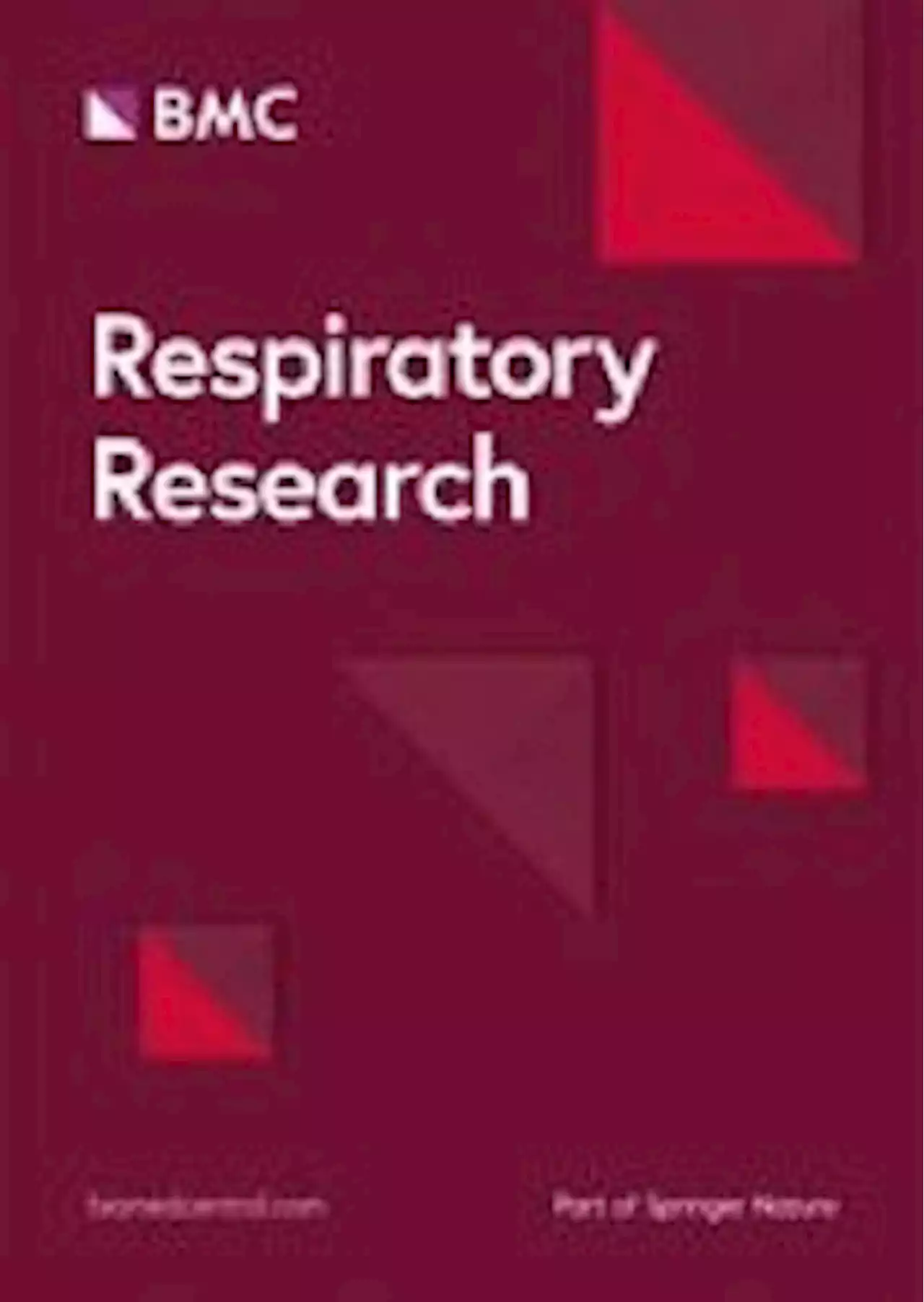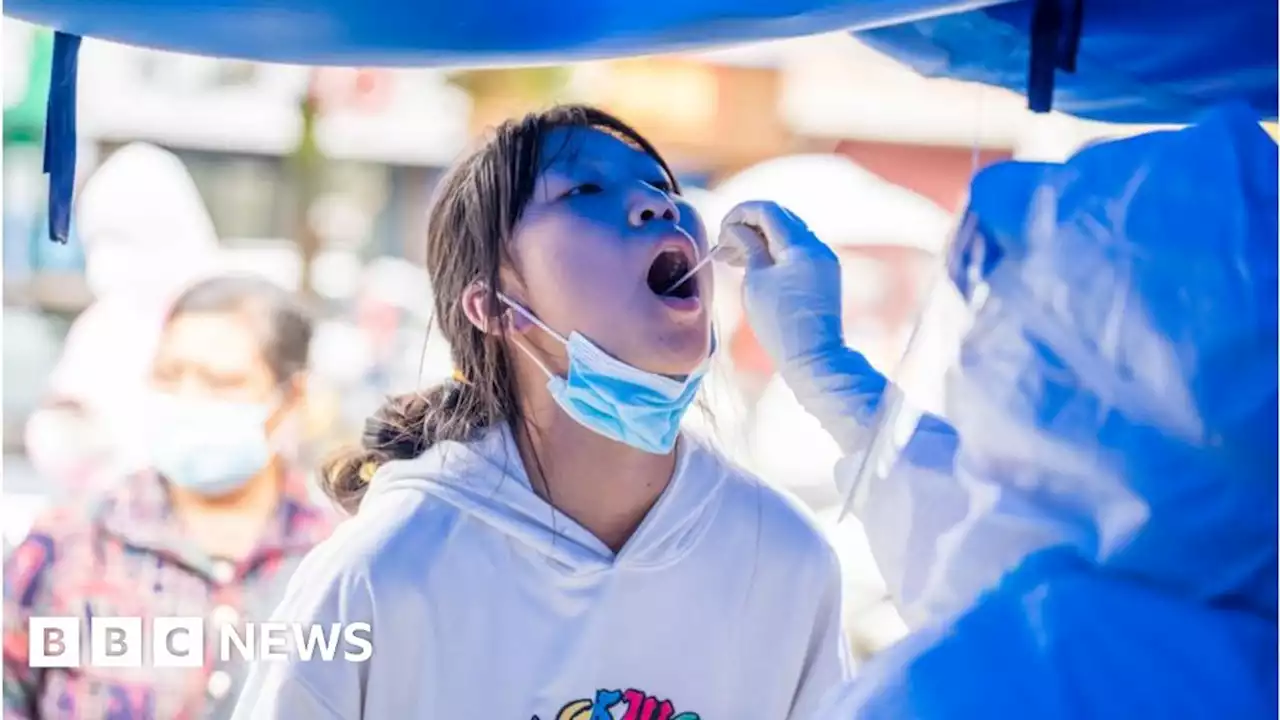Comparative hospitalization and mortality risk in the US population during the Omicron and Delta periods CDCgov NIHClinicalCntr COVID19 coronavirus covid Omicron Delta
By Neha MathurSep 19 2022Reviewed by Danielle Ellis, B.Sc. In a recent report published in the United States Centers for Disease Control and Prevention ’s Morbidity and Mortality Weekly Report , researchers compared in-hospital mortality across coronavirus disease 2019 pandemic periods.
About the study In the present study, researchers retrieved the COVID-19-related hospitalizations and deaths data from 678 US hospitals registered with the Premier Healthcare Database Special COVID-19 Release . An expired discharge status indicated a COVID-19-related in-hospital death. The researchers used the International Classification of Diseases, Tenth Revision, Clinical Modification code U07.1 to identify COVID-19-related hospitalizations.
The study model estimated adjusted mortality risk differences and adjusted mortality risk ratios , which quantify absolute risk and relative risk for in-hospital death, respectively. Furthermore, the researchers conducted descriptive analyses for three pre-Delta periods between April 2020 and June 2021.
Regarding the pattern of cMRs, cMR was one to two percentage points higher for COVID-19 hospitalizations than for total COVID-19 hospitalizations till December 2021. As COVID-19-related hospitalizations began to decrease during the early Omicron period, the cMR difference increased to up to 3.5 percentage points to return to 1 to 2 percentage points in the later Omicron period.
Conclusions During the Omicron predominance period, the cMR for COVID-19-related hospitalizations decreased to 4.9%. This cMR was nearly one-third of the observed cMR in the Delta predominance period and lower than any other period of the COVID-19 pandemic. Likewise, in-hospital mortality decreased for all patient groups during the later Omicron period.
Österreich Neuesten Nachrichten, Österreich Schlagzeilen
Similar News:Sie können auch ähnliche Nachrichten wie diese lesen, die wir aus anderen Nachrichtenquellen gesammelt haben.
 Lung function and radiological findings 1 year after COVID-19: a prospective follow-up - Respiratory ResearchBackground The coronavirus disease (COVID-19) pandemic has already affected more than 400 million people, with increasing numbers of survivors. These data indicate that a myriad of people may be affected by pulmonary sequelae of the infection. The aim of this study was to evaluate pulmonary sequelae in patients with bilateral COVID-19 pneumonia according to severity 1 year after hospital discharge. Methods COVID-FIBROTIC is a multicenter prospective observational cohort study for admitted patients with bilateral COVID-19 pneumonia. Pulmonary functional outcomes and chest computed tomography sequelae were analyzed 12 months after hospital discharge and we classified patients into three groups according to severity. A post hoc analysis model was designed to establish how functional test changed between groups and over time. A multivariable logistic regression model was created to study prognostic factors for lung diffusion impairment and radiological fibrotic-like changes at 12 months. Results Among 488 hospitalized patients with COVID-19 pneumonia, 284 patients had completed the entire evaluation at 12 months. Median age was 60.5 ± 11.9 and 55.3% were men. We found between-group differences in male sex, length of hospital stay, radiological involvement and inflammatory laboratory parameters. The functional evaluation of pulmonary sequelae showed that severe patients had statistically worse levels of lung diffusion at 2 months but no between group differences were found in subsequent controls. At 12-month follow up, however, we found impaired lung diffusion in 39.8% unrelated to severity. Radiological fibrotic-like changes at 12 months were reported in 22.7% of patients (102/448), only associated with radiological involvement at admission (OR: 1.55, 95% CI 1.06–2.38; p = 0.02) and LDH (OR: 0.99, 95% CI 0.98–0.99; p = 0.046). Conclusion Our data suggest that a significant percentage of individuals would develop pulmonary sequelae after COVID 19 pneumonia, regardless of
Lung function and radiological findings 1 year after COVID-19: a prospective follow-up - Respiratory ResearchBackground The coronavirus disease (COVID-19) pandemic has already affected more than 400 million people, with increasing numbers of survivors. These data indicate that a myriad of people may be affected by pulmonary sequelae of the infection. The aim of this study was to evaluate pulmonary sequelae in patients with bilateral COVID-19 pneumonia according to severity 1 year after hospital discharge. Methods COVID-FIBROTIC is a multicenter prospective observational cohort study for admitted patients with bilateral COVID-19 pneumonia. Pulmonary functional outcomes and chest computed tomography sequelae were analyzed 12 months after hospital discharge and we classified patients into three groups according to severity. A post hoc analysis model was designed to establish how functional test changed between groups and over time. A multivariable logistic regression model was created to study prognostic factors for lung diffusion impairment and radiological fibrotic-like changes at 12 months. Results Among 488 hospitalized patients with COVID-19 pneumonia, 284 patients had completed the entire evaluation at 12 months. Median age was 60.5 ± 11.9 and 55.3% were men. We found between-group differences in male sex, length of hospital stay, radiological involvement and inflammatory laboratory parameters. The functional evaluation of pulmonary sequelae showed that severe patients had statistically worse levels of lung diffusion at 2 months but no between group differences were found in subsequent controls. At 12-month follow up, however, we found impaired lung diffusion in 39.8% unrelated to severity. Radiological fibrotic-like changes at 12 months were reported in 22.7% of patients (102/448), only associated with radiological involvement at admission (OR: 1.55, 95% CI 1.06–2.38; p = 0.02) and LDH (OR: 0.99, 95% CI 0.98–0.99; p = 0.046). Conclusion Our data suggest that a significant percentage of individuals would develop pulmonary sequelae after COVID 19 pneumonia, regardless of
Weiterlesen »
 China Covid: Quarantine bus crash kills 27 and injures 20The bus overturns on the way to an isolation facility, causing anger over China's zero-Covid policy.
China Covid: Quarantine bus crash kills 27 and injures 20The bus overturns on the way to an isolation facility, causing anger over China's zero-Covid policy.
Weiterlesen »
 New Covid variant confirmed in UK after spreading through USAn expert says it could have emerged after a person was infected with 2 variants at the same time
New Covid variant confirmed in UK after spreading through USAn expert says it could have emerged after a person was infected with 2 variants at the same time
Weiterlesen »
 An improved COVID-19 vaccine shows promise against Omicron in experimental modelsIn a recent study published in the journal Science Translational Medicine, researchers in the United States designed a bivalent coronavirus disease 2019 (COVID-19) vaccine on the messenger ribonucleic acid (mRNA) platform.
An improved COVID-19 vaccine shows promise against Omicron in experimental modelsIn a recent study published in the journal Science Translational Medicine, researchers in the United States designed a bivalent coronavirus disease 2019 (COVID-19) vaccine on the messenger ribonucleic acid (mRNA) platform.
Weiterlesen »
 COVID-19 increases risk of developing Alzheimer's by 50-80% in older adultsIn a recent study published in the Journal of Alzheimer’s Disease, researchers investigated whether severe acute respiratory syndrome coronavirus 2 (SARS-CoV-2) infections could trigger the development of new-onset Alzheimer’s disease (AD)
COVID-19 increases risk of developing Alzheimer's by 50-80% in older adultsIn a recent study published in the Journal of Alzheimer’s Disease, researchers investigated whether severe acute respiratory syndrome coronavirus 2 (SARS-CoV-2) infections could trigger the development of new-onset Alzheimer’s disease (AD)
Weiterlesen »
